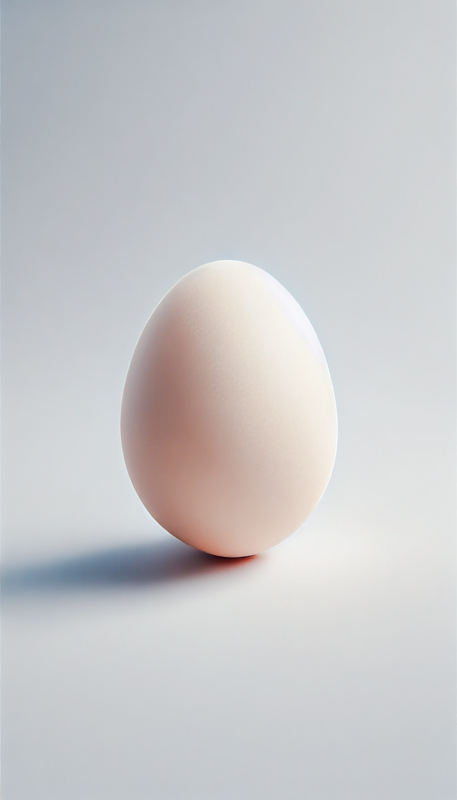
The kanji for ” 卵 ” (tamago, ran) refers to all eggs laid by animals, primarily in the biological sense. It has been used in China for about 2,000 years, and includes the “卯” ( u ) shape, meaning something round. “玉子” (tamago), on the other hand, refers specifically to eggs for cooking. For example, “tamagoyaki” and “yudetamago” are “玉子” (tamago). Although both terms often refer to foodstuffs, there are subtle differences in nuance in Japanese culture.
「 卵 」( tamago, ran )という漢字は、主に生物学的に動物が産む卵全般を指します。中国では約2000年前から使われており、「卯」(う)の形を含み、丸いものを意味しています。一方、「玉子」( tamago )は特に料理用の卵を指します。食材として調理された状態も含み、例えば「玉子焼き」や「ゆで玉子」などは「玉子」です。両者ともに食材を表す場合が多いものの、日本文化では微妙なニュアンスの違いが発生しています。
